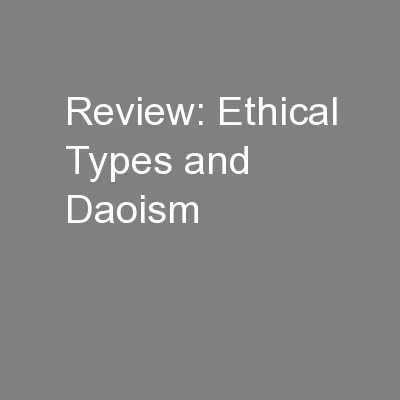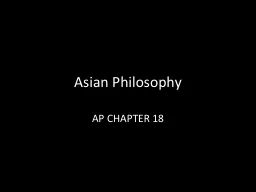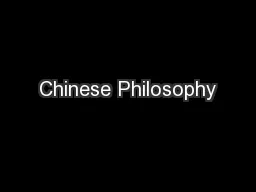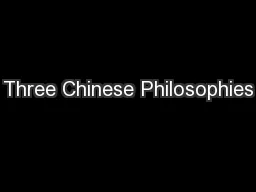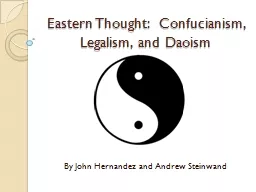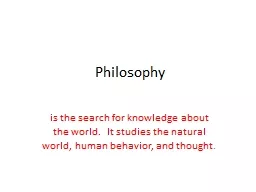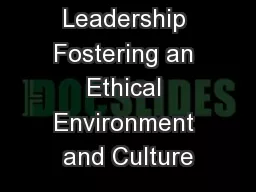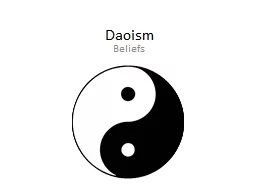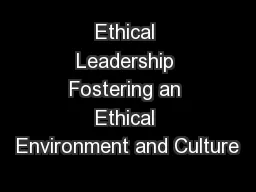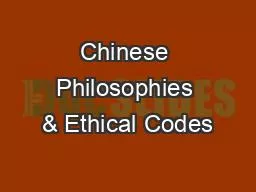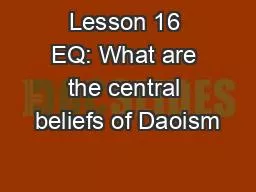PPT-Review: Ethical Types and Daoism
Author : celsa-spraggs | Published Date : 2016-04-12
Two broad types of normative theory Teleological future and deontological duty merit past Two units of analysis Act and larger rule discourse tradition dao Grid
Presentation Embed Code
Download Presentation
Download Presentation The PPT/PDF document "Review: Ethical Types and Daoism" is the property of its rightful owner. Permission is granted to download and print the materials on this website for personal, non-commercial use only, and to display it on your personal computer provided you do not modify the materials and that you retain all copyright notices contained in the materials. By downloading content from our website, you accept the terms of this agreement.
Review: Ethical Types and Daoism: Transcript
Download Rules Of Document
"Review: Ethical Types and Daoism"The content belongs to its owner. You may download and print it for personal use, without modification, and keep all copyright notices. By downloading, you agree to these terms.
Related Documents

